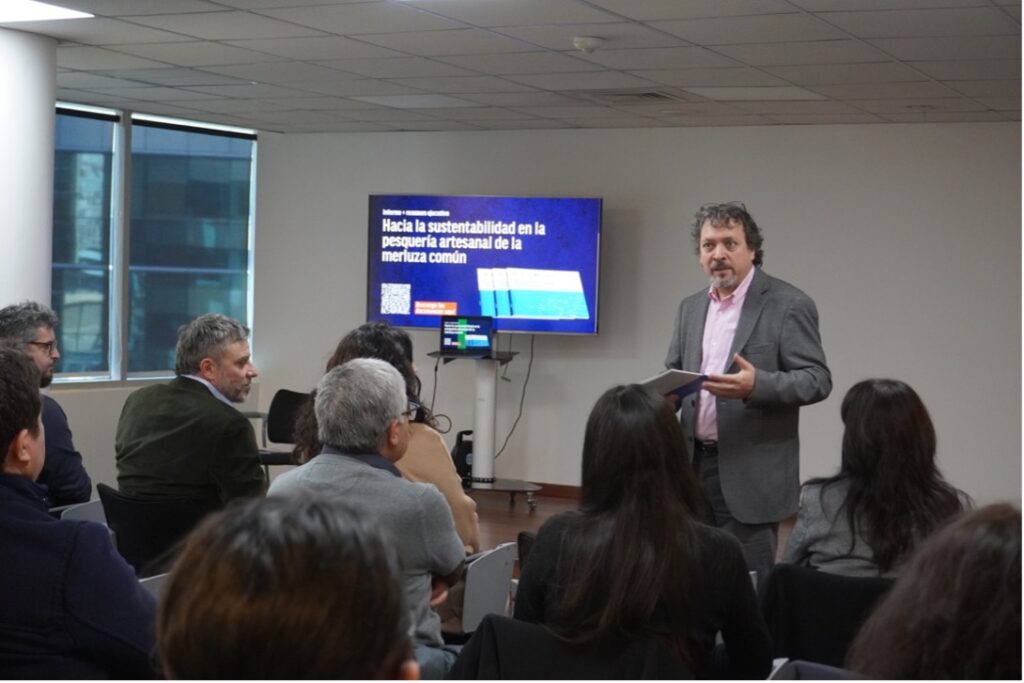ACS and colleagues build an evidence-based and consensual roadmap for the recovery of Chile's common hake fishery
The vast coast of Chile is home to some 90,000 small-scale fishers. An important fishery for the sector is common hake (Merluccius gayi). Once plentiful, it has become a symbol of overfishing in Chile as its numbers have dwindled at an alarming rate over the past decade. With the decline, fishing quotas have been reduced, leaving many small-scale fishers with insufficient quota to sustain a living. A direct consequence has been a steep increase in unreported fishing, which results in plummeting prices and misled management.
In response to the challenges surrounding common hake and its fishers, we formed a coalition to develop and test a roadmap to recover the fishery and its economic and nutritional importance for the country. As four organizations (ACS, Coastal Socio-Ecological Institute, Future of Fish Chile, and Oceana), we came together a year ago to synthesize our work (and that of others) to better understand the dynamics of the hake fishery and what portfolio of interventions could best reduce underreporting fishing activities. We then developed a mathematical model to assess, simulate, and build consensus around the feasibility and effectiveness of promising interventions to restore the fishery.
The results have been powerful, allowing us to forecast probable outcomes of the fishery and it supply chain under different scenarios with different sets of interventions (i.e., programs that target change within different components of the fishery system, such as supply, demand, or enforcement). Thus, stakeholders can now explore potential impacts of interventions and develop strategies based on real-world constraints and opportunities. The results of our collaboration make it possible to develop evidence-based strategies to improve the sustainability of the hake fishery.

Our model considered interventions targeting different components of the system: 1) supply (i.e., difference in price between reported and unreported fish paid to fishers), 2) enforcement intensity across the supply chain, and 3) demand (i.e., difference in price consumers pay for reported over unreported fish).
We recently convened a workshop with the Chilean government to present our collaborative work and recommendations. Presided by the Undersecretary of Fisheries and the National Director of SERNAPESCA (Chile´s enforcement agency), the workshop was instrumental in forging stronger connections between evidence-based research, policymaking, and real-world interventions. We presented recommendations that were both feasible and impactful, offering a clear roadmap to hake recovery for the government.
Our coalition and its results are a notable step forward. But it is also a starting point; more effort is critical to put our recommendations into practice. Patience, more collaborations, and hard work will be crucial to the recovery of the hake fishery. However, our collaboration is a key accomplishment. It is a testament to what can be achieved when NGO scientists and practitioners work together towards a common goal.

Julio Salas Gutiérrez (Undersecretary of Fisheries) captured the enthusiasm of the workshop participants by stating that “the proposal comes just in time and the report is an important contribution to advance the process of a recovery plan for the common hake.”
Future of Fish Chile, SECOS, Oceana, ACS. 2023. Hacia la sustentabilidad en la pesquería artesanal de merluza común.